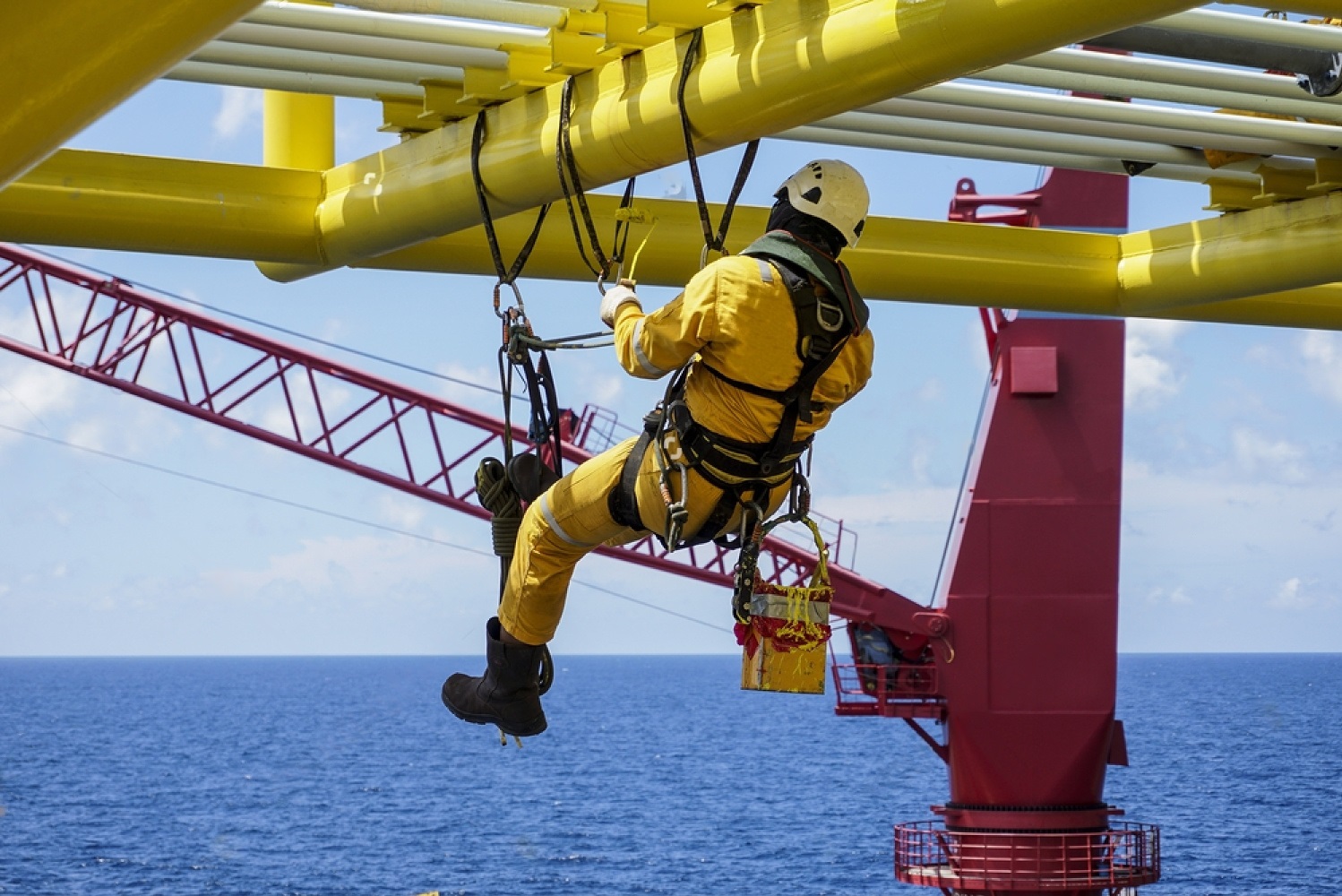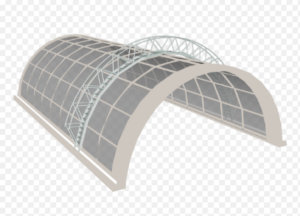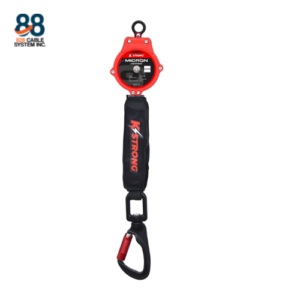
Fall Arrest Lifeline Solutions: Ensuring Safety in the Philippines & Asia
In industries across the Philippines and Asia, ensuring the safety

Fall protection is a crucial aspect of workplace safety, especially in industrial environments where employees are often working at heights. Falls can result in serious injuries or even fatalities, making it essential for employers to implement effective fall protection systems and ensure compliance with relevant regulations.
Why Fall Protection Matters in Industrial Environments
Industrial environments, such as construction sites, warehouses, and manufacturing facilities, often involve working at heights. Employees may be required to climb ladders, work on scaffolding, or operate heavy machinery, all of which can increase the risk of falls. Even a fall from a relatively low height can cause serious injuries, such as broken bones, head injuries, and spinal cord damage.
Falls can also have serious financial consequences for employers. Workers’ compensation claims and medical expenses can quickly add up, not to mention the lost productivity and potential legal liabilities that can arise from workplace accidents.
Ensuring Compliance with Fall Protection Regulations
To ensure compliance with fall protection regulations, employers must take several steps. First, they must identify all potential fall hazards in the workplace and develop a comprehensive fall protection plan. This plan should include detailed procedures for preventing falls, as well as guidelines for responding to fall-related emergencies.
Employers must also provide appropriate fall protection equipment and ensure that it is used correctly. This may include personal protective equipment (PPE), such as harnesses and lanyards, as well as guardrails, safety nets, and other engineering controls.
Training is also a critical component of fall protection compliance. Employers must ensure that employees receive proper training on fall hazards, the proper use of fall protection equipment, and emergency response procedures. Training should be provided to all employees who may be exposed to fall hazards, including new hires and temporary workers.
Finally, employers must regularly inspect and maintain fall protection equipment to ensure that it is in good condition and functioning properly. This includes conducting regular visual inspections, testing equipment as needed, and promptly replacing any damaged or defective equipment.
The importance of fall protection in industrial environments cannot be overstated. By prioritizing safety and taking proactive measures to identify and address fall hazards, employers can not only create a safer workplace for their employees, but also reduce the financial and legal risks associated with workplace accidents.
Implementing a comprehensive fall protection plan that includes appropriate equipment, training, and regular inspection and maintenance is essential for compliance with regulations and ensuring the well-being of employees. This can involve investing in personal protective equipment, guardrails, safety nets, and other engineering controls, as well as providing thorough training to all employees who may be exposed to fall hazards.
The benefits of prioritizing fall protection go beyond compliance and safety. A workplace that values the safety and well-being of its employees can also benefit from increased productivity, reduced absenteeism, and improved employee morale.
In short, investing in fall protection is not only the responsible thing to do, it is also a smart business decision. By ensuring compliance and prioritizing safety in industrial workplaces, employers can create a more productive, efficient, and positive work environment for everyone.

In industries across the Philippines and Asia, ensuring the safety

In today’s architecture and urban planning, greening solutions play a

In today’s fast-paced world of construction and maintenance, efficient access

In industries where working at heights is commonplace, ensuring the

In workplaces where heights are involved, ensuring safety against falls

In the realm of modern architecture, the integration of innovative
Copyright © 828 Cable System Inc. Philippines 2023 All Right Reserved